copyright © Wartime Heritage Association
Website hosting courtesy of Register.com - a web.com company
Yarmouth, Nova Scotia - Remembrance 2025
1939 -1945
Wartime Heritage
ASSOCIATION
Yarmouth, September 1939 — A German Freighter Slips Away as War Looms
On the evening of September 2, 1939, the quiet harbour of Yarmouth, Nova
Scotia, became the stage for a tense and little-known episode on the cusp of
global war. A German freighter, docked for several days to load a cargo of lumber,
prepared for a sudden departure before all the lumber was loaded. Its captain, a
German national, received urgent instructions to leave immediately. As
townspeople speculated about the escalating crisis in Europe, few realized that
the vessel’s hasty exit was perhaps a calculated move to escape the tightening
grip of British naval forces.
By dawn on September 3, as Britain declared war on Germany following the invasion of Poland, the freighter was
already at sea. The ship’s departure marked Yarmouth’s first brush with the war, a fleeting but symbolic moment
foreshadowing profound changes to come.
RCAF Station Yarmouth: From Farmland to Airfield
Before the war, Yarmouth had no airport, just open fields stretching from Starr’s
Road to Argyle Street. But by late 1939, land was purchased and cleared for what
would become RCAF Station Yarmouth. Construction continued through 1942,
culminating in a fully operational airbase with hangars, runways, and two distinct
camps: East and West. The station transformed Yarmouth into a strategic hub for
training and coastal defense.
Camp 60: Training Canada’s Infantry
Established in 1940 on Parade Street, Camp 60 trained over 20,000 infantry
recruits under the National Resources Mobilization Act. Young men from across
Canada arrived for basic training, enduring a strict regimen of drills, lectures, and
inspections. The camp became a fixture of wartime Yarmouth, with soldiers forging
strong ties with the local community.
West Camp and Anti-Submarine Patrols
West Camp became operational in July 1940 with the arrival of No. 119 Bomber
Reconnaissance Squadron. Flying Hudsons and later Cansos and Venturas,
squadrons launched daily patrols over the Gulf of St. Lawrence and Bay of Fundy,
escorting convoys and hunting U-boats. The camp hosted multiple squadrons and
specialized units, anchoring Yarmouth’s role in Atlantic defense.
East Camp: Arrival of No. 34 OTU
In April 1942, East Camp welcomed No. 34 Operational Training Unit, 700 RAF
personnel arriving from the United Kingdom to complete their training. They
eventually relocated to Pennfield Ridge in New Brunswick. East Camp later hosted
No. 1 Naval Air Gunners School, specializing in armament training for British
airmen.
TAGs and the Fleet Air Arm
Telegraphist Air Gunners (TAGs) of the Royal Navy trained at East Camp between
1943 and 1945. These young men combined wireless communication with aerial
gunnery, operating Morse code equipment while manning rear guns in aircraft like
the Swordfish. Of the TAGs trained during the war, 570 completed their
instruction in Yarmouth, many forming lasting memories of the town’s hospitality.
Tusket’s Hidden Radar Station
Just outside Yarmouth, No. 3 Radio Detachment Station at Tusket operated in secrecy from 1942 onward. Staffed by
radar specialists and support personnel, the station scanned the skies and seas for enemy activity, feeding intelligence
to Eastern Air Command. Its quiet presence was a vital part of Canada’s wartime surveillance network.
Merchant Ships and Coastal Convoys
Yarmouth’s harbour received visits from merchant ships. Though not a major
transatlantic port, Yarmouth served as a safe waypoint for coastal convoys, linking
the town to the broader logistics of war. Crews were entertained at the Red
Triangle Room. Cemeteries in Yarmouth hold the graves of Merchant seamen who
died of illness, or wounds
Crashes and the Cost of Training
Both East and West Camp experienced aircraft crashes during the war, often
during training or patrol missions. Mechanical failures, and poor weather,
contributed to tragic losses, reminders of the risks faced even far from combat
zones.
Community Involvement and Wartime Life
Yarmouth’s residents were deeply involved in the war effort. Construction crews
built the bases, families hosted young men far from their homes, and local women
staffed the YMCA’s Red Triangle Room. Churches, civic groups, and families
supported servicemen with meals, socials, and friendship, forging bonds that
endured long after the war.
Wartime Marriages in Yarmouth
Love blossomed amid uncertainty, as many servicemen married local women
during their time in Yarmouth. These marriages anchored young couples to the
community and creating lasting ties between Yarmouth and the men who served.
Civilian Defense and Air Raid Precautions (ARP)
Local civilians prepared for potential attacks with blackout drills, air raid sirens, and the role of wardens. Even though
Yarmouth wasn’t bombed, the displayed readiness and community coordination.
The Role of Women in Wartime Yarmouth
Women served as nurses, clerks, and volunteers. Many served in the Canadian
Women’s Army Corps (CWAC), others volunteered to staff local support centres
like the Red Triangle Room, Red Cross activities, and church dances.
Postwar Transition and the Return Home
As the war ended, Yarmouth welcomed its veterans back with pride.
Reintegration was not always easy, but the community rallied to support those
who had served. Memorials were erected, legions founded, and remembrance
initiatives and projects undertaken, ensuring the sacrifices were never forgotten.
The Young Men Who Changed the Town
From 1939 onward, Yarmouth was transformed by the arrival of thousands of
young men, airmen, soldiers, and telegraphist air gunners, who came to train,
serve, and prepare for war. Their presence reshaped the town’s rhythm as
uniforms became a common sight on Main Street, barracks rose where fields once
lay, and the sound of aircraft engines filled the skies. These men brought energy,
discipline, and stories from across Canada and the Commonwealth.
Some stayed briefly, others for months, and many left for overseas service. The
impact of their departure lingered, in friendships formed, hearts touched, and a
community forever changed by their presence.
Local Losses and Lasting Memory
Yarmouth did not escape the cost of war. Dozens of local men, sons, brothers, husbands,
served and never returned. They died in Europe, in the Atlantic, and in training accidents
closer to home. Their names are etched in memorials, church plaques, and family histories.
Each loss was felt deeply, rippling through neighbourhoods and generations. The town mourned
together, held services, and placed poppies with reverence. Today, their memory endures, not
just in stone, but in the stories we tell, and the duty we carry to remember. Their sacrifice is
the foundation of Yarmouth’s wartime legacy.
Preserving Memory: Why It Matters
The stories of wartime Yarmouth, a freighter escaping, airmen training in Morse code, anti-sub patrols, the sounds of
planes overhead, and young couples marrying are more than fragments of history. They are echoes of sacrifice,
resilience, and community. They tell us something about who we were, what we stood for, and how ordinary people
responded to extraordinary times.
Remembering this history isn’t just about honouring the fallen, it’s also about understanding the depth of local
involvement, the courage of those who trained, and served. These memories anchor us. They remind us that freedom
was never free, and that the legacy of service lives on in every name recorded, every story retold, and every image
preserved.
In part, the Wartime Heritage Association website serves as a living archive of Yarmouth’s wartime experience, from
training camps and radar stations to personal stories, local casualties, and community involvement. Through detailed
articles, remembrance pages, and curated photo galleries, the site documents the arrival of RCAF, RAF, and Fleet Air
Arm personnel, the operations of East and West Camp, and the unique role of Telegraphist Air Gunners. It also
preserves the memory of Camp 60, anti-submarine patrols, and Tusket’s radar station, offering insight into both
military operations and the town’s transformation.
Beyond military history, the website honours the human side of war, wartime marriages, civilian contributions, local
industry, and the sacrifices of those who never returned. Its extensive casualty records, drawn from national and
international sources, ensure that Yarmouth’s fallen are remembered by name and story. The site’s commitment to
education and remembrance, makes it not just a repository of facts, but a tribute to the soul of a community shaped
by service and loss.

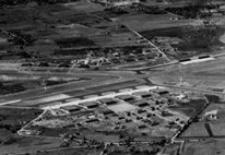

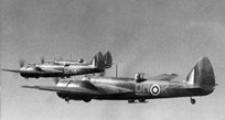

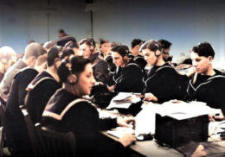
Between 1939 and 1945, the Town of Yarmouth was alive with the sights and sounds of a community at war. The
airfields hummed with training aircraft, the railway stations bustled with movement, and the waterfront echoed
with the comings and goings of ships. Families lived with both pride and worry, as sons and daughters left home to
serve across the seas.
Much of that world has since faded. The hangars and H-huts are gone, the air bases dismantled, the old steamer
terminal replaced, and even the old lighthouse, once a steadfast beacon of welcome, has been modernized. The
physical traces of those years are few.
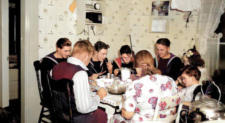

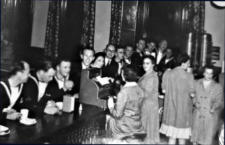
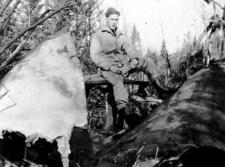
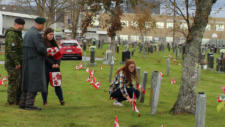
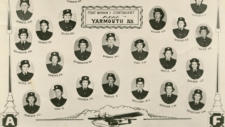
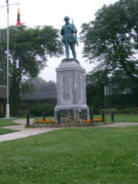


Ernest Henry Alden Jr.
Irvin Vincent Amiro

Robert Burnyeat Bambrick
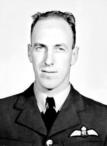
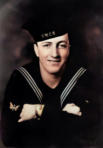
David Bell
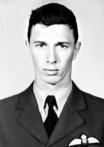
James Lloyd Bell
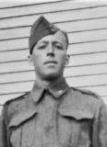
Wilson Bellman

Malcolmer Beveridge
Phillip Joseph Blanchard
Karl Kenneth Blackadar
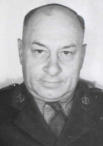
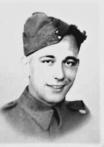
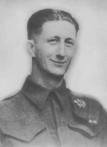
Andre Boudreau

Charles Gerald Boudreau
Robert Francis Boudreau
John Jeremiah Boudreau
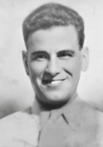
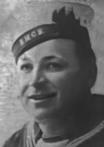
Orren Willard Carey
Percy Joseph Boudreau



Malcolm Hartley Brittain
Joseph Gerald Burke
Malcolm Allen Canty
Paul Herman Brittain
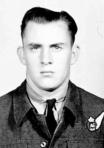
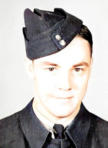

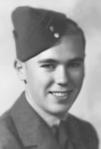
Clinton Joseph Chadsey
William Lyman Chadsey
Dennis Edward Comeau
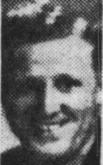

Bruce Wilbur Churchill
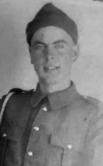

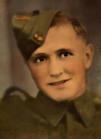
Emile Joseph Roy Comeau
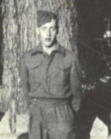
Emile Joseph Roy Comeau
Aubrey George Connors
Donald Whitman Cook

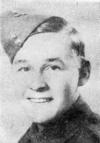
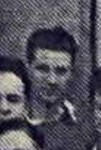
Robert Leroy Cosman
Louis George Cottreau
William Nathan Cosman
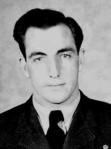
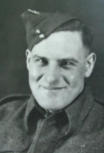
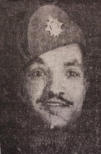
Percy Clayton Cromwell
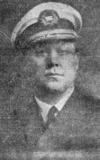
Frank Killam Crosby

Alcide Joseph D'Entremont
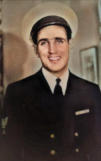
Francis Robert d’Entremont
Frank Stephens D’Entremont
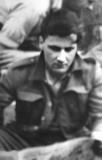
Joseph Arthur Muise

Joseph Fulgence d’Entremont
Joseph Walter Deveau
Harry William Doucette
John Edward Doucette
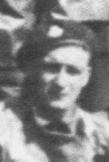
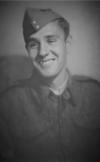
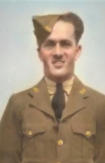
James Theodore Doucette
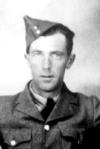
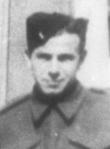
Louis Doucette
Leonard Arthur Dow
Warren Alvin Duffy
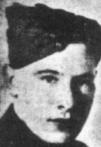
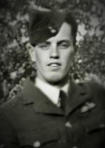

Charles Douglas Dunn
Russell David Durling


Roy Morton Fells
George Leonard Fitzgerald


Arthur Douglas Gavel
Clifford Roy Gavel
Charles Seyward Goodwin
Freeman Hector Grant

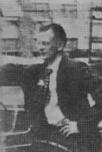

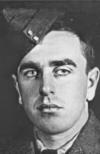
Everett Reginald Gray

Frederick Eugene Gullison

David Brian Hacking

Donald Grant Hamilton

Nethen Raymond Harrington
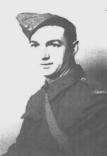
John Lewis Harris
Jack Elmer Hatfield
John Ernest Hattie
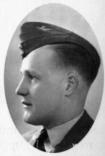
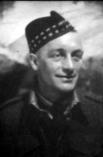

Arthur Raymond Hayes
Kenneth Higby
Thomas Bradford Hilton
William Desmond Holden
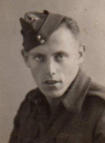
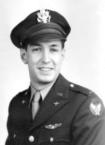


Frederick Michael Holobow
Fred Leo Hubbard
Arthur John Horton

Paul Henry Hubbard
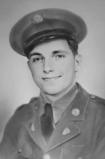

Richard Reginald Irvine

Angus John Jacquard
Wentworth Clyde Jenkins
Harold Archibald Kenney
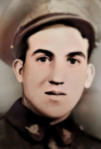

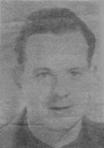

James Colin Kerr
Charles Wentworth Killam
John Albert LaFave
Francis McLaughlin Larkin
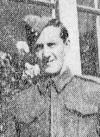

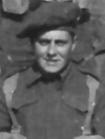

Albert Thomas LeBlanc
Donald Hugh Lent
Edmond Levesque
George Henry Lewis
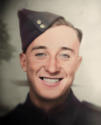
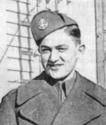
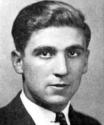

William Frank MacKenna
James Gillis MacLellan
Ernest Joseph Melanson
Thomas Millard


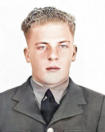

Earl Glawson Miller
Douglas Keith Moores
William David Morton
Henry James Muise


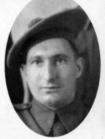
Mary Maimie Muise
Harry Murphy
Daniel Edward Treymain Newell


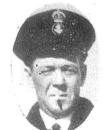
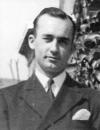

Joseph Gerard Newman
Osborne Charles Nickerson
Otis Keith Nickerson
Osborne Victor Nickerson




Charles Stuart O'Brien
Charles Beeching O’Hanley
Winslow Earl Oikle
Douglas Roger Parker

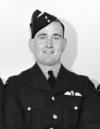
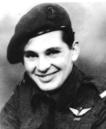

Harold Fenwick Parker
Bourneuf Freeman Pothier
Charles Louis Pothier
George Neil Rattee
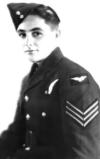



Harold David Raymond
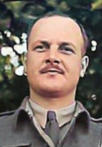
Charles Allister Ritcey
Charles Willard Rogers
Harold Melville Rogers
Percy James Robicheau

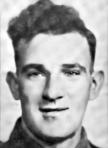

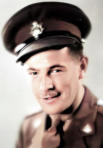
Malcolm Rudolph Rose
John Alexander Ross
Isaac Wilkins Ruggles
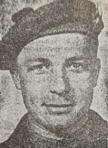


Walter Angus Sabean

Lawrence Sherman
Lloyd Newton Skinner
Ivan Steen Sollows

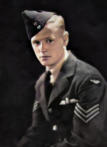

Anthony George Surette
Arthur John Surette
Byron Leslie Sweeney
Charles William Taylor

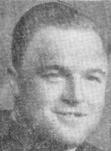
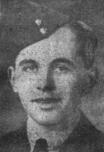

Jerry Louis Thibeault
Arnold Ernest Thornton
Howard Frederick Thurston
Clarence Leonard Tinker Jr.
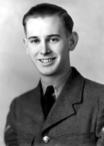

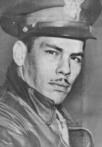

Clarence Leonard Tinker Sr.
Leslie Oliver Vickery
Albert Stanford White
John Crittendon L. Watson

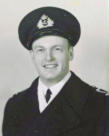
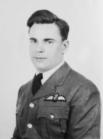
Arnold Clayton White
George Arthur Wood

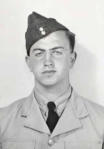
Wartime Heritage Displays
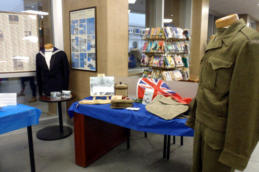


Yarmouth High School
November 1914
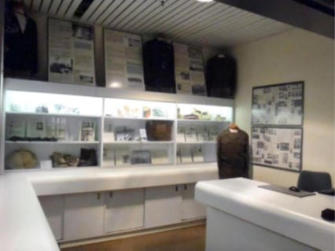
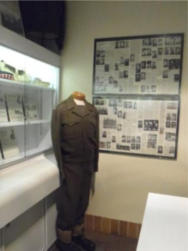
Yarmouth Airport
2010 -1013
Yarmouth Mall
November 2014
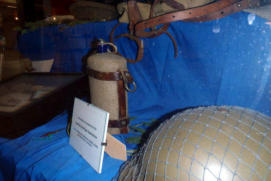

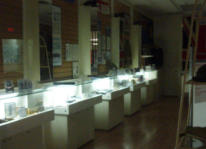


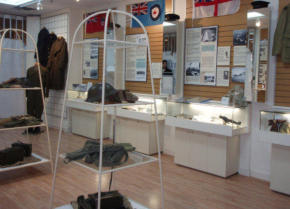
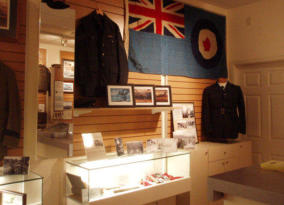
Yarmouth Mall
(March 2008 - June 2008)


- World War I - Menu
- WWI Stories and Articles
- Photos - Yarmouth Soldiers
- Selection of World War I Songs
- WWI Casualties of Yarmouth, NS
- Those Who Served - Yarmouth, NS
- WWI Casualties Digby Co. NS
- WWI Casualties Shelburne Co. NS
- Merchant Mariners (1915) Yarmouth, NS
- Canadian Forestry Corps - Non Yarmouth Birth/Residence Enlistments
- US Draft Registry - Yarmouth NS Born


- World War II - Menu
- WWII Stories and Articles
- Telegraphist Air Gunners
- WWII Casualties of Nova Scotia
- US Casualties with NS Connection
- Far East/Pacific Casualties with NS Connection
- Merchant Navy Casualties Nova Scotia
- Nova Scotia WWII Casualties Holten Canadian War Cemetery
- D-Day Casualties - Nova Scotia
- CANLOAN Program Casualties - Nova Scotia
- Battle of the Bulge Casualties - Nova Scotia
- WWII Casualties Yarmouth NS
- Yarmouth Casualties - RCAF RAF Canadian Army WWII
- Yarmouth Co., Marriages WWII
- Casualties Non-Born/Residents with Connection to Yarmouth Co., Nova Scotia.
- WWII Casualties Digby Co., NS
- Non-Nova Scotian WWII Casualties Buried in Nova Scotia
- WWII RCAF Casualties Aged 16-18
- Brothers/Sisters Who Served - World War II













